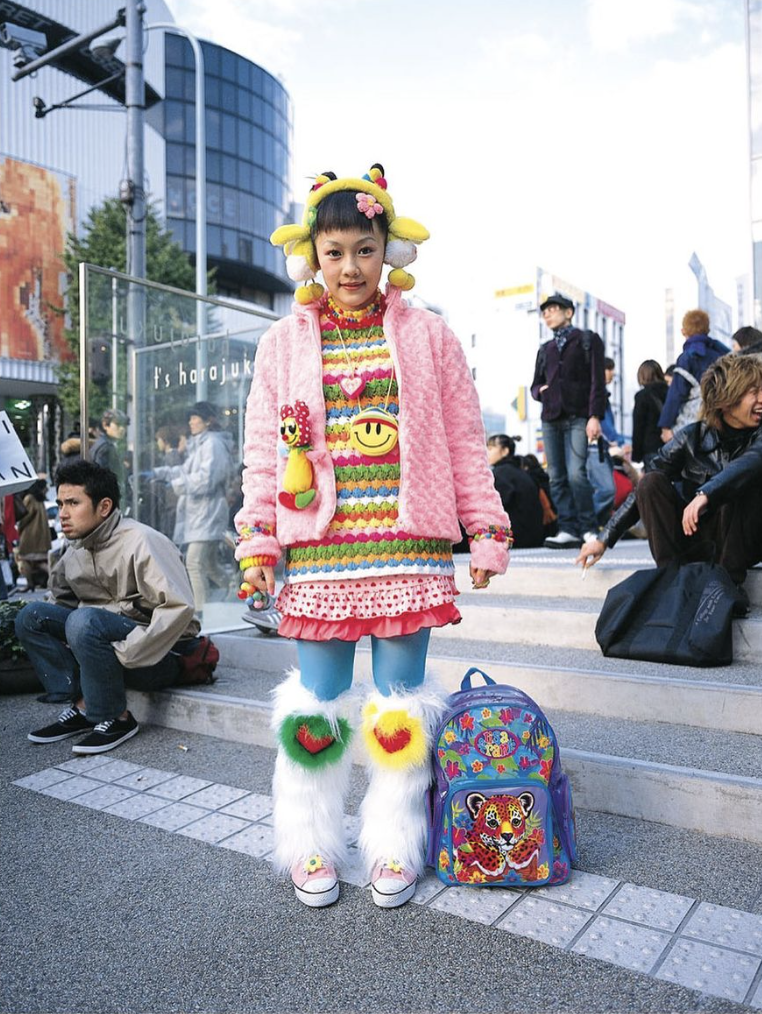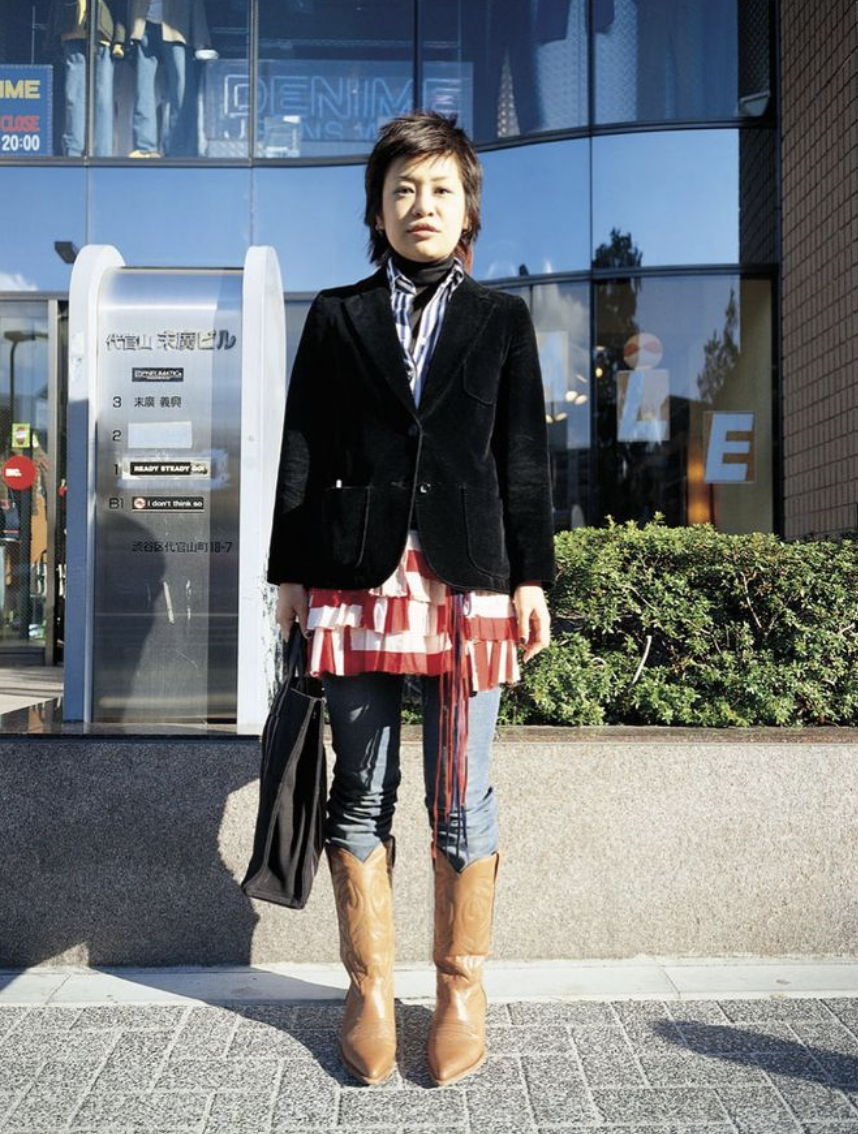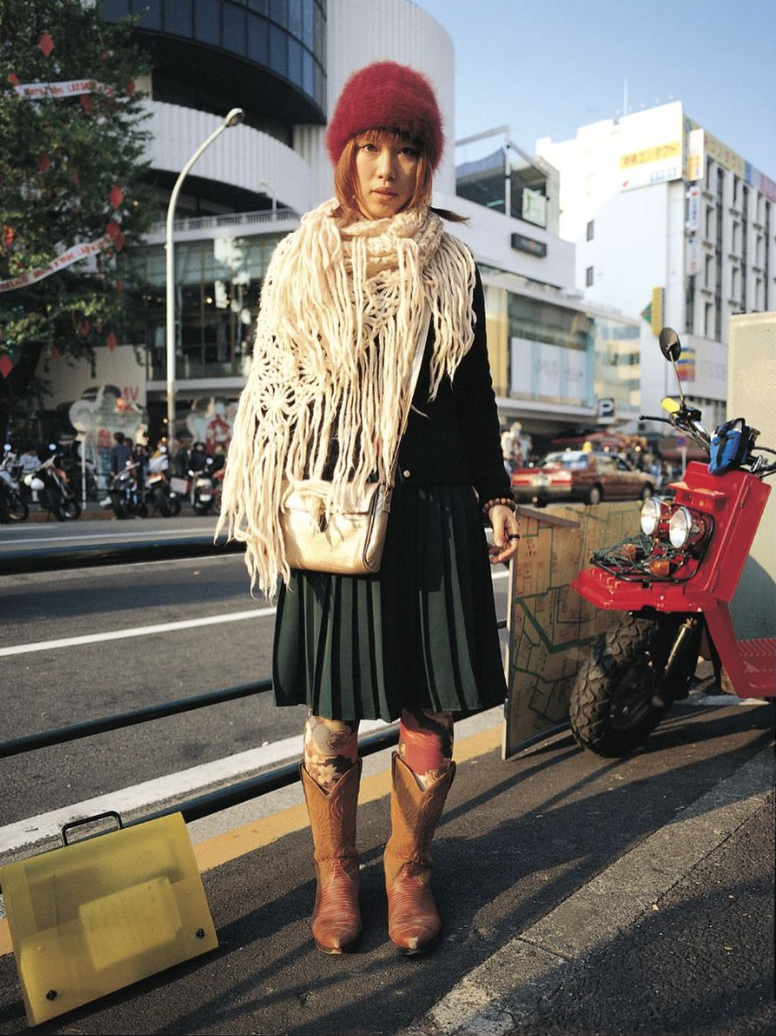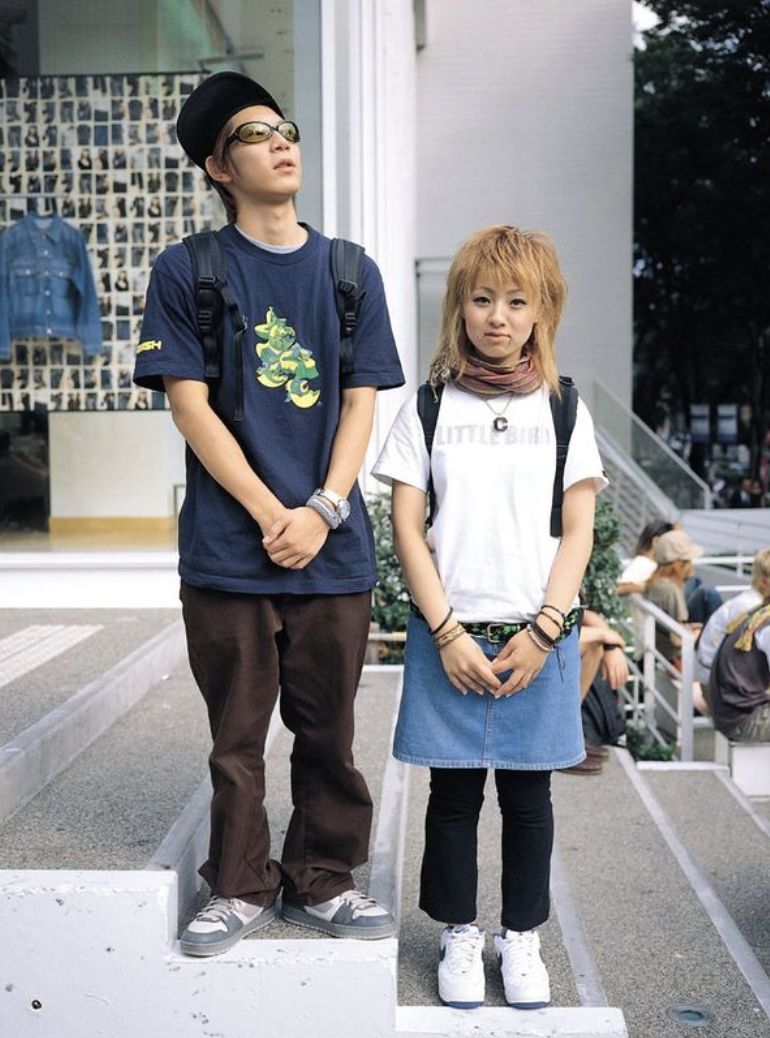Across industries and niches, I’ve seen people talk recently about a lack of individuality when it comes to how we dress, look, and present ourselves. On TikTok’s “JewelTok,” where wealthy women regularly unbox solid gold chains, diamond charms, and other pieces worth thousands of dollars, I’ve scrolled through video after video that discuss “personal style” in the jewelry world (do not ask me how I got to be on JewelTok — I’m absolutely too poor to be there). Gone are the days when people had their own individual extravagantly priced tastes! Or so the argument goes. Now everyone wants “articulated fish” charms and solid gold carabiner locks (myself included).
Writers, critics, and social media users have blamed the death of personal style on a variety of things. In 2023 GQ named Instagram as the culprit, writing, “Plenty of people still look great, but the barrage of inspirational images, ease of consumption, and overabundance of trends and styles (often quickly duplicated by fast-fashion giants) have changed the landscape.” Who What Wear did the same five years earlier. And all the way back in 18th century Paris, periodicals told the aristocratic class what to wear everyday down to the hour — all to copy what Marie Antoinette was wearing. Now, people say that TikTok is at fault, and that the platform’s more than one billion users are driving individual expression down the drain.
For centuries we’ve had trendsetters and arbiters of taste, and the reality is that many shoppers are perfectly content buying things based on what they see other people wearing: Kate Middleton regularly sells out dresses. One study showed that Michelle Obama wearing your company’s clothes could cause a spike in stock prices, generating billions of dollars in a year. I’m no Michelle Obama or British Royal, but even I’ve had people ask me where I bought something I was wearing — one time, a girl at a party literally peeked into the back waistband of my pants (with my permission!) to check what brand they were. I guess they looked even better than I thought.
The pants in question, which I wear multiple times a week. They’re Japanese workpants btw.
The internet makes these chance encounters of sartorial admiration commonplace. You don’t even have to leave your house to see something you covet — you just need to flip through Instagram and scroll for a few minutes on TikTok. The companies that provide this experience know, of course, that if you see something you like you will try to find out how to buy it. As I wrote this month in The Verge, platforms like Pinterest and TikTok dream of a world where every photo and video you see are “shoppable.” You see someone wearing a pair of “barrel jeans” that have been trendy on TikTok — a kind of wide leg pant cut with curved seams that make them poof out on the sides — and they look great on this stranger. Then you buy the same pair, make the same video, and someone else is the new you. Is it any mystery why (allegedly) everyone is wearing the same thing?
Recommendation algorithms serve you more of what you’ve already shown an interest in: if you watch and like and comment on posts about a viral toaster it will show you ever more toaster videos. TikTok specifically is all about the meme-ability of content — can something become a “trend,” or can your viewers recreate whatever it is you’re doing or showing? If so, you might have a winning formula on your hands.
Take for example a popular TikTok audio that instructs viewers “how to dress like you’re from the Lower East Side,” which apparently consists of a maxi skirt, baby tee, and a tote bag. Countless people have recreated the outfit, even though there’s no empirical truth to its premise. But now it’s become a caricature of a type of person that may or may not exist — and a punching bag for people who are convinced personal style is dead.
As more people jump on this LES trend, it snowballs into an illusion of sameness. Now, every time someone wears a maxi skirt it feels like they’re simply repeating the cookie cutter outfit formula. Every instance online is more proof you’re living in a maxi skirt fever dream.
But it isn’t real. At least not completely and irreversibly. In Kyle Chayka’s new book Filterworld, he writes about how globalization via internet platforms have created copy-pasted aesthetic tendencies around the world — for example, the sleek and minimal coffee shops that exist in Mexico City as they do in Kyoto as they do in Los Angeles. These cafe owners, all seeing each other’s shops on Instagram, start to mold theirs into what the algorithm is pushing. Eventually all the coffee shops look the same, leading to a flattening and homogenizing of culture and space.
I think this is sort of what’s going on with the “personal style” conversation, except the influence of TikTok feeds and Reels isn’t bursting into the world so visibly as in Chayka’s example of coffee shops. People are kind of dressing alike — there are suddenly bows on everything and brands have spent the two years producing wannabe early 2000s garb — but I think this is largely relegated to digital spaces. In other words: nobody IRL actually looks like your TikTok feed, and when they do, it’s in highly self-selecting spaces. (Like when I went to a screening of Sofia Coppola’s 2023 film Priscilla and there were SEVERAL women with large bows in their hair, which was completely unsurprising to me.)
The reality is that the vast, vast majority of people do not reflect the micro-trend addled sponsored content or “fit check” videos — most women in their late 20s are wearing leggings and a hoodie, not cowboy boots and a micro belt-slash-skirt that you can’t sit in. The combination of videos you get are like your own personal 24/7 TV program, calibrated to exactly what your watch history says you prefer. Personal style is dead in your feed because you are essentially watching reruns of the same show. Powerful generative AI tools like OpenAI’s just-announced Sora could further entrench this, creating a never ending supply of custom-made content bound by what you already know and like.
So how can we break up the monotony that is equal parts real and constructed? I have a few go-to sources that are reliably surprising, challenging, and cool.
FRUiTS magazine, a Japanese street style periodical from the late 90’s, is both nostalgic and forward looking. This Instagram account sharing photos from the FRUiTS archive is a must-follow.
I almost exclusively sew from vintage patterns. My favorites are 60’s and 70’s womenswear from publishers like Butterick, Vogue, and Simplicity; I also love the really old stuff, like 40’s and 50’s evening wear or sleepwear from the 20’s— check out how modern this off-the-shoulder gown is, for example. I also have a growing library of vintage knitting books. My favorites are this Beatrix Potter collection, and Vintage Hollywood Knits, which was a gift from a wonderful friend. On my wishlist is Wild Knitting, from 1979.
People at work/at school/in uniform — I don’t have a link for you here, but I think it’s interesting that some of my most-worn pieces are workwear. The pants above were purchased from a Japanese workwear shop after I saw a construction worker on the streets of Tokyo wearing something similar, looking like he stepped out of a streetwear blog. I love seeing what people do with limitations of uniforms or dress codes. Online virality-chasing content rarely reflects these realities.
Other things I wrote
This week I published a story at The Verge about AI-generated obituary spam that floods Google when average people die. It’s a depressing (sorry) but fascinating phenomenon that shows the real world impact of SEO and Google’s dominance in search online.
What I’m reading and watching this week
I’m midway through the aforementioned Filterworld, which has been a fun look-back on all the truly weird social media moments of the last decade. Remember when people were taking Instagram pictures in front of murals of angel wings? A simpler time.
Back in 2020, The Cut published a long article about a landlord in the Crown Heights neighborhood in Brooklyn who was evicting tenants even as Covid-19 undid the city. Now in a full circle moment, the townhouse at the center of the story is up for sale — through NYC’s affordable housing lottery!
Two big stories landed in one day this week, but let me draw your attention to this one about an insane phone scam that got a woman for $50,000.
I went to see Wim Wenders’ new film Perfect Days (2023) this week, loved it. Check it out if you’re in need of something grounding.
That’s all for now! See you next time <3




